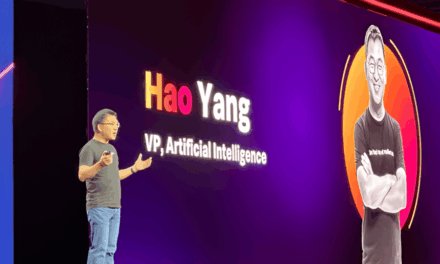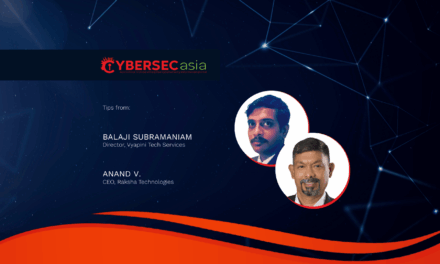Now more than ever, organizations will need to implement a unified framework for securing, managing, and governing both non-human and human identities across ecosystems at scale.
The number of non-human identities is set to grow exponentially, with Deloitte forecasting that by 2027, half of all companies using genAI will also adopt agents in some capacity. Some companies have already begun deploying hundreds of Artificial Intelligence Sales Development Representatives (AI-SDRs) and thousands of customer service agents.
Non-human identities (i.e., service accounts, shared accounts, break-glass identities, API keys, access tokens, and automation tools) are inherently difficult to secure because they are often non-federated, lack MFA, and have static credentials that aren’t regularly rotated. These factors, combined with excessive privileges and a high blast radius, create an attractive attack vector for adversaries.
Last year, only 15% of organizations said they remain confident in their ability to secure them. With more types of identities, machines, and agents trying to access increasingly critical data and resources, across larger numbers of devices, organizations will be faced with managing this added complexity and identity sprawl.
Amid the excitement of embracing the next wave of generative AI, companies are moving quickly to deploy agentic use cases, often overlooking the critical need to secure these systems and control the sprawl of non-human identities,” said Arnab Bose, Chief Product Officer, Okta Platform, Okta.
“By bringing these identities into the identity security fabric, the Okta Platform can help organizations secure the rising digital labor force with the same rigor and vigilance as the human workforce.”
The launch of Okta’s new and enhanced platform underscores CIOs’ and CISOs’ need for comprehensive identity security capabilities for managing every type of identity – what with the rapid adoption of cloud services, SaaS applications, remote work, and now the rise of non-human identities.
Protecting identities across every app and environment
Today’s transformed security landscape means there is hardly any homogenous tech stack anymore, with each stack presenting its own set of security risks. This fragmentation creates complexity, gaps in security tools, and an expanded attack surface, making it harder for security teams to maintain a holistic view of their security posture.
An extensible identity security fabric enables organizations to build best-in-breed stacks and connect disparate security tools across the enterprise. However, to be effective, companies need the right identity tools, including posture management, threat protection, privileged access, governance, device access, and more.
Since no enterprise today has a fully homogeneous tech stack, organizations need deep and secure identity integrations into every single application they use. This approach unifies user context, resources, policies and risk signals across infrastructure, apps, APIs, and more regardless of the identity types.
With this approach, organizations can better discover, secure, and manage non-human identities, while ensuring AI-driven automation and machine-to-machine interactions remain governed under Zero Trust policies. These tools also continuously monitor NHI risks and vulnerabilities.

















